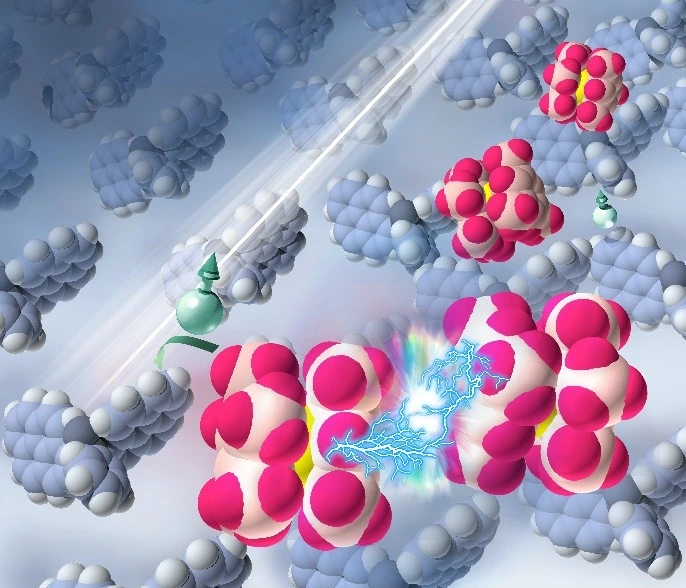Light facilitates “impossible” n-doping of organic semiconductors
Applications as light-emitting diodes and solar cells
In an article that just appeared in Nature Materials, a team of researchers from the Georgia Institute of Technology, the Helmholtz-Zentrum Berlin, Humboldt-Universität zu Berlin, and Princeton University demonstrates a new approach towards n-doping of organic semiconductors, which allows bypassing the dopant sensitivity to the ambient and simultaneously enables doping organic electron transport materials that have been out of reach for n-doping so far.
“We believe that our work enables simple processing of n-doped organic semiconductors in numerous device architectures, where the critical step - doping activation - can take place after standard device encapsulation. This will contribute substantially to improved device lifetime and in some case simplify device fabrication.” notes Prof. Norbert Koch from Humboldt-Universität, member of IRIS Adlershof.
Further information:
Prof. Norbert Koch
Helmholtz-Zentrum Berlin für Materialien und Energie
Research Group Molecular Systems
Tel.: +49 30 2093-7819
Email: norbert.koch(at)helmholtz-berlin.de
